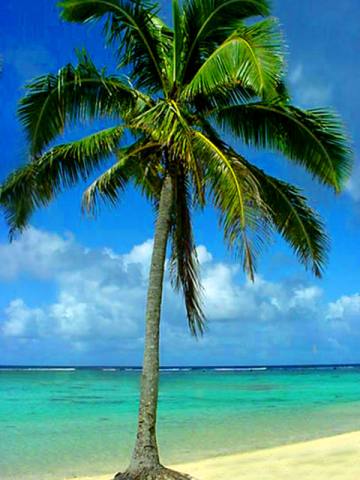As established in the previous blog post Hawaii’s clean energy intiative, Hawaii is making strides in eliminating the state’s severe dependence on imported oil and working toward shifting to renewable energy resources. In a recent discussion on NPR, experts highlighted that Hawaii is meeting it’s short term goals in utilizing renewable energy resources. The clean energy initiative is being implemented!
Although the initiative calls on the use of the heavies ie. the obvious renewable energy resources such as solar, wind, tidal, and wave energy, other valuable resources exist as well. Biofuels are an important resource for Hawaii, especially because of the tropical growing environment and already existing diesel plants (which can operate with biodiesel). The question is then, which biofuels are a viable resource in Hawaii, and in particular which can be used for biodiesel? Sugar cane is an excellent resource for ethanol, however ethanol has it’s own environmental consequences. Biodiesel is more friendly on CO2 emissions and is possible. Research being carried out at University of Hawaii indicates that local palm, kukui nut, and jatropha are heavy in oils useful in biodiesel production. Please visit the website Hawaii’s Energy Future for further information on biofuels.
Perhaps PQ students could start making biodiesel at the PQ farm? This could serve the students in many ways, including hands on education of renewable energy, participating in the green movement, and utilizing an energy they create. Making biodiesel is fairly simple too – demanding a few barrells and measuring devices. The hardest part would be procuring the biomass (the jatropha, kukui, and palm). Perhaps the students could then use the biodiesel to power a generator on the land, reaping the benefits of their work and feeling connected. This is another connection with the land – similar to the full circle of growing food and then eating it!
